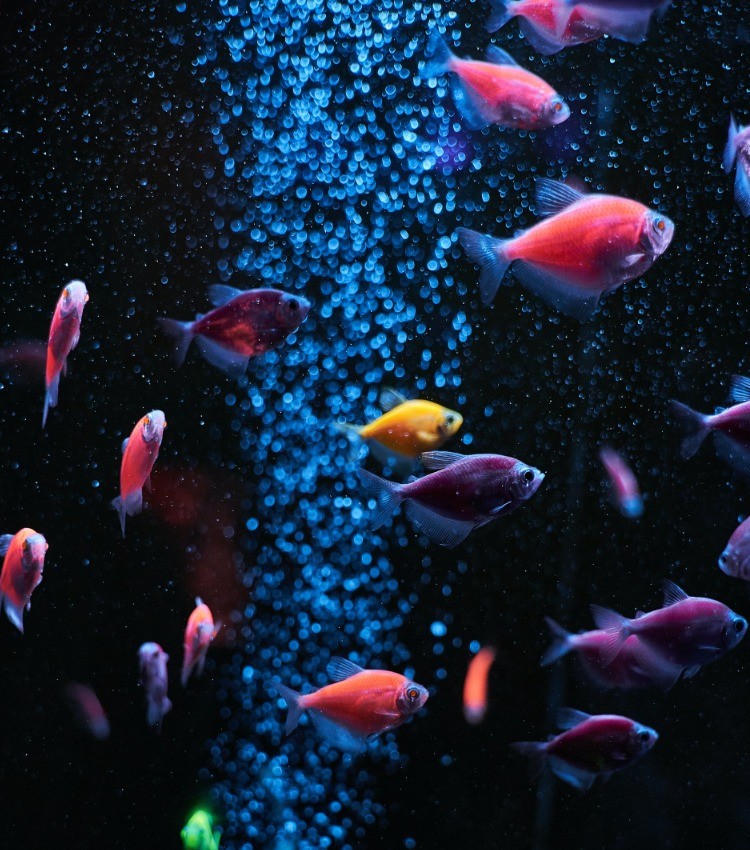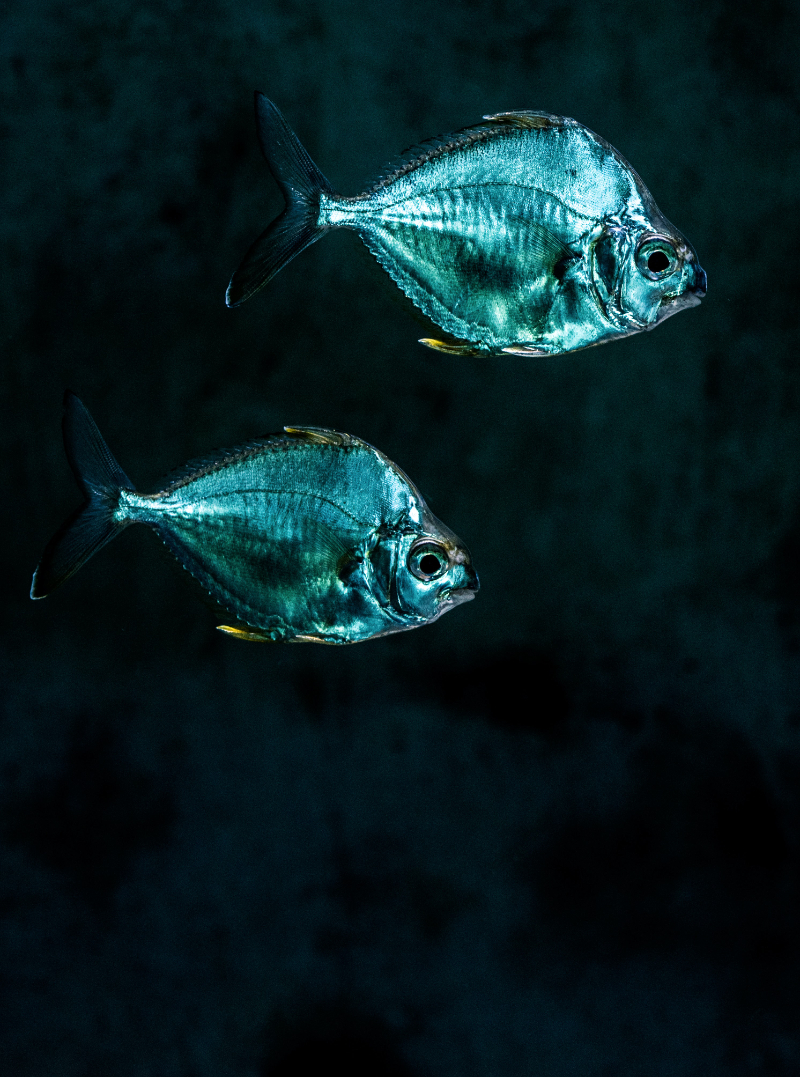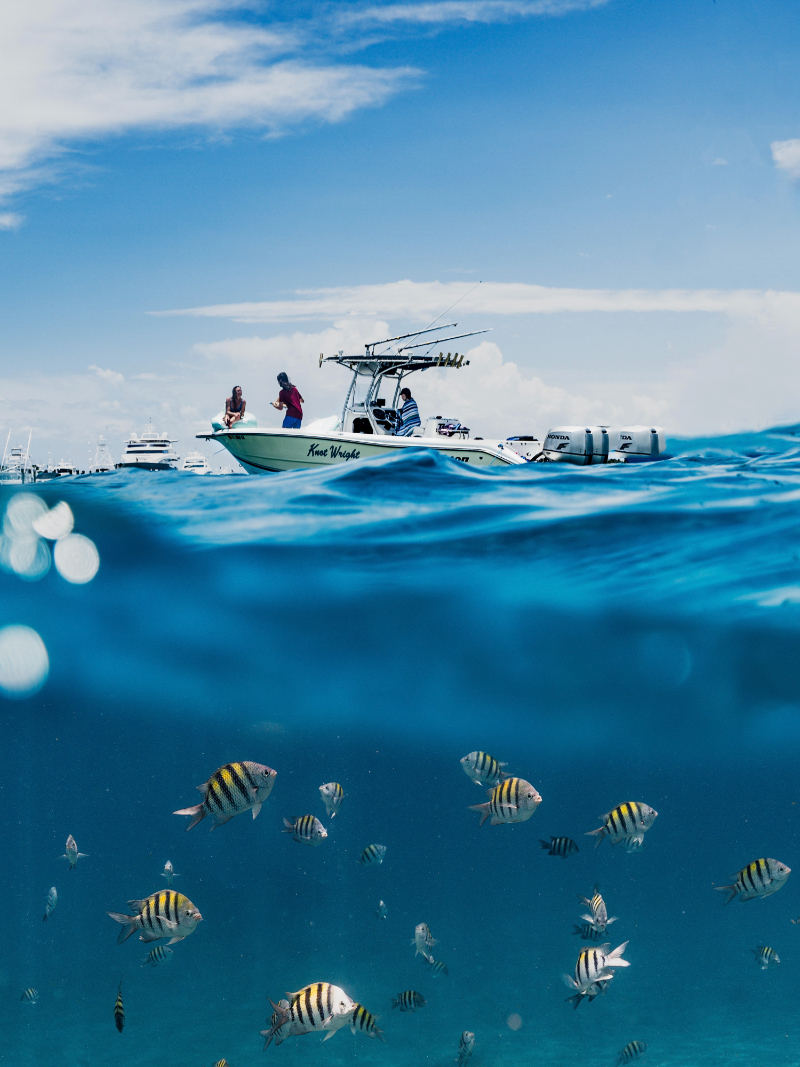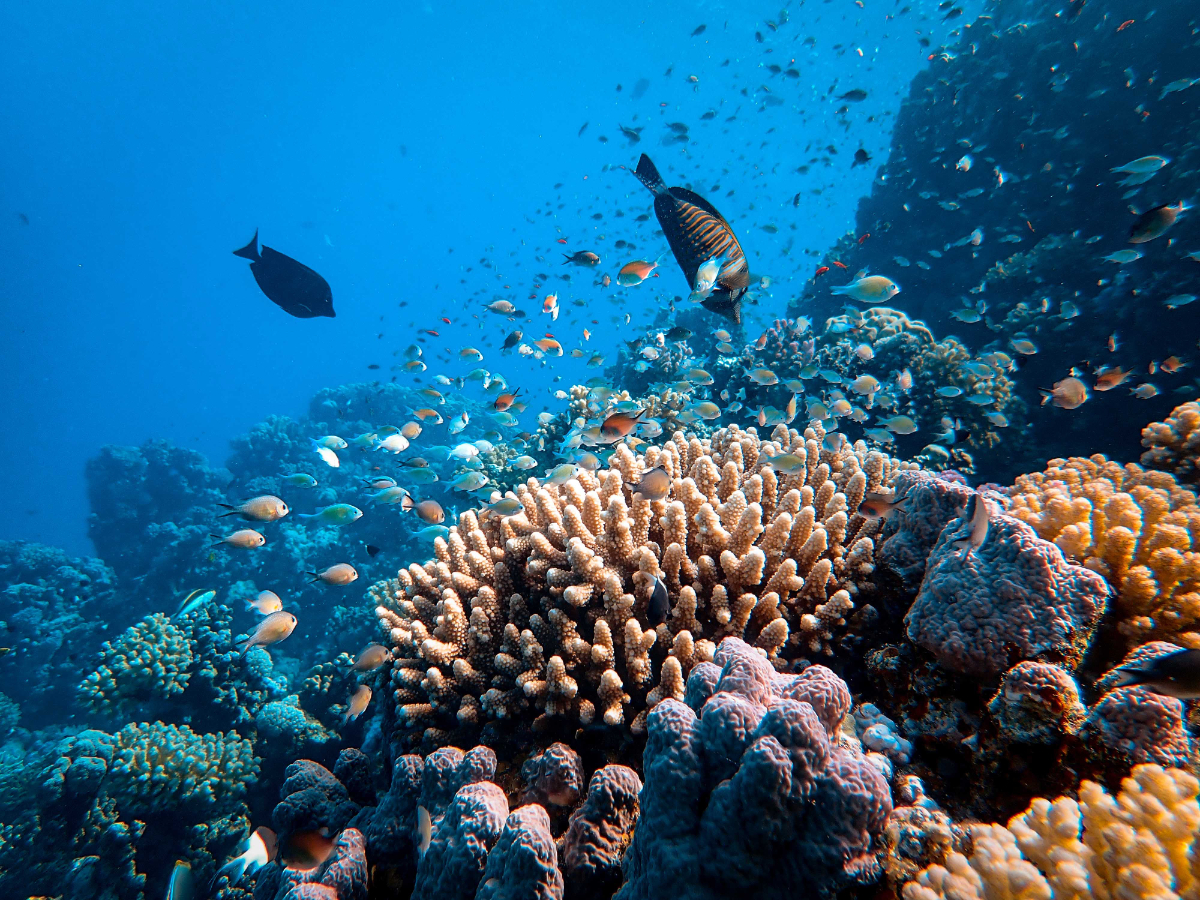What fish can you catch in reef fishing in the UK? We look at what is reef fishing and provide details about the types of fish you can expect to catch in the UK shores.
What Is Reef Fishing?
Reef fishing in the UK isn't too different from wreck fishing. One of the most significant distinctions is that reefs are a natural product of the seabed, whilst sea fishing wrecks are man-made vehicles or constructions that have either sunken accidentally or purposefully for the sake of artificial reefing.
Reefs are slightly more extensive; many reefs worldwide are now endangered. They are home to millions of fish species, and reefing regions' waters range from shallow to incredibly deep. We're seldom blessed with amazing reefs here in the UK; however, a fantastic place to begin your reef fishing activities would be Cornwall, as there are plenty of reefs to scour with all your gear, various hook sizes and tools.
You'll be pleased to know that when it comes to sea fishing reefs in rivers, lakes and seas with flooding tides, you can apply some of the same methods and gear, like rigs, hooks and tackle, that you may utilise whilst wreck fishing in the ocean. You can find plenty different species of fish that are prominent in Spring, Summer, Autumn and Winter.
We recommend reef fishing at a low tide in the early morning, as many rock marks provide the best fishing experience in low water. Ensure you pay attention to the air temperature, sea temperature and wind direction for any significant changes that could have a huge impact on the many species flocking to an area.
UK Reef Fishing Species
As an angler around the UK, you'll find that when taking on reef fishing activities, you can discover and catch a whole host of species that can be caught, tagged, eaten and sold across the world.
Our waters consist of plenty of colourful, beautiful and monstrous fish breeds waiting to be uncovered and reeled in. It's worth noting that you can find flounder, bass, smooth-hound, plaice, and thornback rays species, depending on the weather. Some species are more suited to the warmer or colder months.
Here are a few of the most common species that you could encounter on your boat fishing trips:
Haddock
Haddock is a shoaling species that favours cold, deep water, meaning most of their fully grown species steer clear of shallow waters by the shore and prefer to inhabit deeper parts of the sea.
Much smaller, younger haddock tend to swim up by the beaches inshore for sea anglers to catch, and on rare occasions, sizeable specimens will approach.
Haddock have incredible commercial value because of their flavourful, white flesh, and it tends to be one of the most frequently eaten species found in the UK and various other countries worldwide.
There is immense pressure on most anglers when it comes to haddock stocks, and the future of the species in the long term is somewhat uncertain.

Monkfish
Monkfish are a pretty odd and frightening-looking fish, yet they are most frequently found in deeper seas and areas surrounding the British Isles. Lying camouflaged on the seabed, monkfish are known as ambush predators, using their esca, which is the protuberance on their head, to trick and attract smaller fish into thinking they are a source of food.
Once in range, it will snap forward at immense speeds and devour the big or small fish with its enormous mouth and hinged teeth that ensure any prey is held securely. The monkfish can eat fish their own size due to their expandable stomach.
Hake
Hake is another deep-sea fish that is rarely caught by those onshore anglers, as the only hake that has been caught this close was around 3lb 8oz, yet the boat-caught record of hake out of the waters is around 25lb with its IGFA world record sitting at 30lb.
Hakes are unfussy fish, active predators willing to feed on whatever small fish they discover; however, they favour deep water, which is typically why they are found one hundred or several hundred metres deep. These fish will happily go after herring, sand eels, mackerel, whiting, pouting, squid, or other fish they encounter. They aren't against hunting down the smaller fish of their own species.
Halibut
Halibut found worldwide is one of the largest flatfish and fish species of which we are currently aware.
Fully grown halibut prefer water of approximately fifty metres deep, yet when found, they are usually many metres deeper than this, such as thousand metres deep, to spawn.
Many sea anglers fishing and seeking halibut take live baits like marine worms, pirks and lures onto their boats to complete the job. Around the UK, plenty of shore-caught halibut can be relatively rare and are only found in small specimens.
It's virtually impossible to catch a sizable halibut fish across plenty of waters, especially in Norway or Scandinavia. There's no UK caught record for halibut caught by our shores.
Often you may hear the nickname 'Scotch Halibut' when referring to the Atlantic Wolffish; however, these are unrelated species and aren't alike.

Megrim
Megrim is a flatfish found in the deep sea and rarely enters any shallower waters at least fifty metres. Its most commonly discovered in 200-300 metres of water and down 1000 metres, which is why it is a rare catch for anglers that stay on or close to the shore.
Anglers often find Megrim as they crossover sandy or muddy seabeds, avoiding broken ground and heavy areas that contain plenty of weeds. Megrim is a species feeding predominantly on small fishes that inhabit the seabed and areas nearby; they also take any dislodged shellfish and crustaceans they find.
They are usually found in the deepest waters of the British Isles; however, their population extends out towards the Scandinavian and Icelandic waters, following the coastline of Northern Africa into the Mediterranean sea. For such species to spawn, plenty of Megrim fish migrate to the British Isles.
Witch
The witch is a flatfish inhabiting the deep sea approximately a thousand metres, yet staying close to the muddy, sandy seabeds. It's a fish seldom spotted or encountered by UK boat anglers; however, there are still caught records around the UK.
Witch fish are prominent in European waters, around the British Isles, and their whereabouts can stretch as far as the Barents Sea, yet its breed doesn't extend further than the English Channel, as it's more of a cold-water fish. Its distribution continues around Iceland and Greenland and can also be discovered on the eastern American coasts.
Ling
Ling has previously been described as a hard-fighting species and an interesting mix of conger eels and big cod that boat anglers can find in deeper offshore waters across the UK.
Ling has a mighty body, large eyes, long fins and immensely sharp teeth, making it the perfect hunting fish for the deep sea.
They are most commonly found in the northern and western areas of the British Isles, yet Iceland is a significant spawning ground for this specific species.
Ling's population is dominant across Icelandic and Scandinavian waters and in isolated areas of the Mediterranean and limited areas of Greenland and the coast of North America.

Blue Ling & Spanish Ling
Common Ling or White Ling is the most famously known ling species; however, there are two other existing types of ling that anglers can find in British waters: Spanish Ling and Blue Ling.
Generally, the most significant difference between the two is that the more common ling feeds and inhabits the offshore waters, and it is a more typical catch for line and rod anglers that go out on sea fishing boats. Spanish and Blue ling, on the hand, prefer much deeper UK waters, at least a thousand metres down, so they are rarely spotted by fishers.
Dealfish
The Dealfish is an incredibly unusual and often unheard of species, predominantly because it is pretty rare compared to others on the list. Yet, it can be found sporadically by anglers across the UK. Along with the nine other species, Dealfish are members of the ribbonfish family, but they are the only ones anglers can regularly find in British waters.
There are plenty of publicly unknown behaviours of the striking Dealfish besides its compressed bright silver colour and pink/red dorsal fin. Yet we know that it's widely found across the North Atlantic Ocean, Greenland, Iceland, Scandinavia and areas of the North Sea. Other species of Dealfish can be found in US and Canadian; however, they typically have genetic differences between them.

Looking For Sea Fishing in Cornwall?
We hope you have got some useful tips from our article, What Fish Can You Catch In Reef Fishing UK? If you want to experience sea fishing in Cornwall, our experienced skipper is here to show you the best locations around Looe.
Whether experienced or new to sea fishing, we can help you enjoy the trill of local sea fishing.

